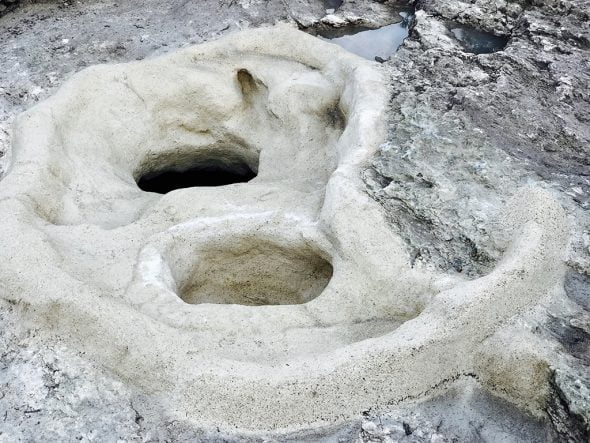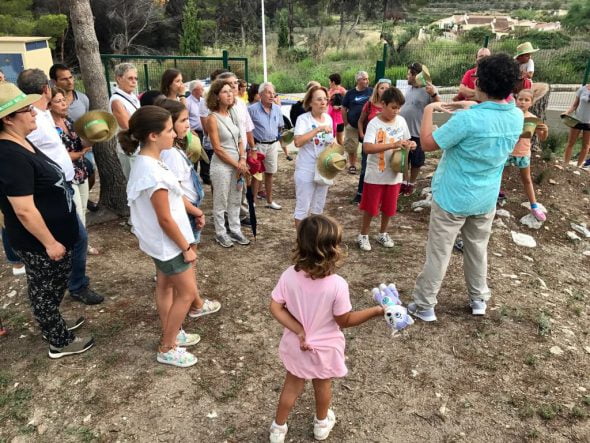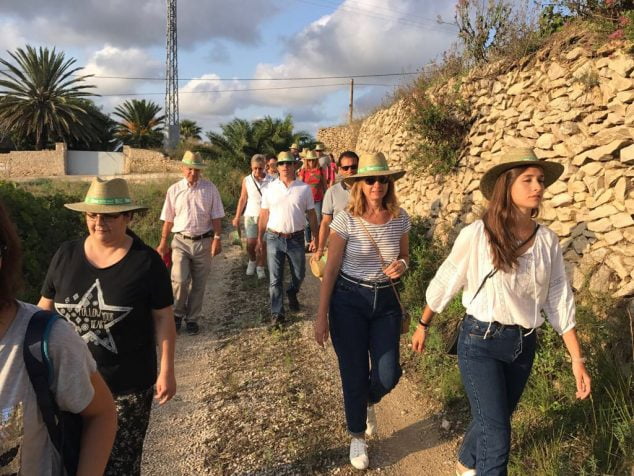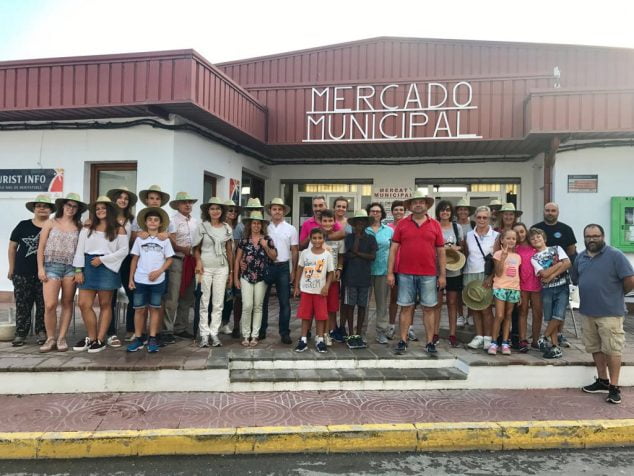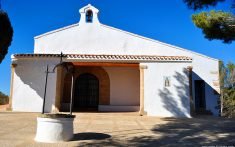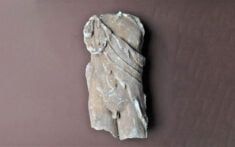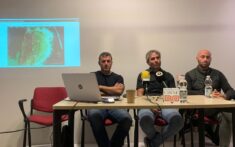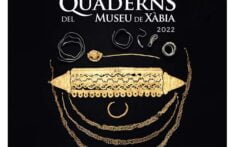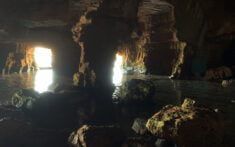The excavation of the Cova de les Bruixes in El Poble Nou de Benitatxell brings to light a grain silo from the old Andalusian farmhouse. The silos are excavated in the subsoil for the purpose of preserving food, especially used for storing cereals, although they could also be used for other foods, such as legumes.
As explained by the archaeologist who currently works in the consolidation of the site of the Cova de les Bruixes, Ana Viciach, "The existence of silos is one of the main characteristics of the place. The land has ideal conditions for the construction of these structures. These are graves excavated in the subsoil in order to conserve food."
Viciach comments that after the harvesting of cereals the grains were separated from the stems and dried in the eras during the summer months. Different systems were used for storage depending on the
consumption. Silos were used in the case of medium-term consumption to prevent deterioration or
attacked by insects or rodents.
According to the ethnological studies, after depositing the grains, a layer of straw, olive or mastic branches, ashes and gravel were placed to close with slabs and soil. In this way an environment with a stable humidity and temperatures, without oxygen, was obtained, which facilitated the conservation of grains until the moment of the next harvest.
Other findings in the Pit
Already, in the excavation of the 2016, promoted by the Department of Culture, an Andalusian farm was revealed, that is to say, a family grouping, usually of five or six houses of different constructions related to the agricultural activities in the which would build their economy. They found a herd in which the herdsmen kept the cattle in the Iberian, Roman and Hispano-Muslim period. And now they consolidate a grain silo linked to the Andalusí farm.
The cereal pit preserved on the north terrace is the only one of the four that archaeologists have found whole. It was excavated in the 2000 and is currently in the consolidation phase. It has a circular, narrow mouth of about 0.50 m, an ovoid profile with flat base, the depth is 1.65 meters and the widest diameter measures 2.14 meters. The intervention process consisted of surface cleaning and protection by applying a layer of hydraulic lime mortar.
La Cova de les Bruixes, a Roman and Andalusian Iberian site, named after an esoteric and magical past, has recorded occupations for 2.200 years ago. Iberian and Andalusian remains have been found. In 2001, an archaeological intervention was already carried out, and there were painted Iberian ceramics, sigillatas and vessels imported from Italian Campania.
Guided tours
In addition, from the Department of Culture of El Poble Nou de Benitatxell organize excursions to visit this cave. The participants make a tour between vineyards and a rural landscape. Last week took place the second day of open doors in which the archaeologist explained the details of the latest finds as well as the mysterious legends that accompany it. There was also a traditional afternoon snack.

